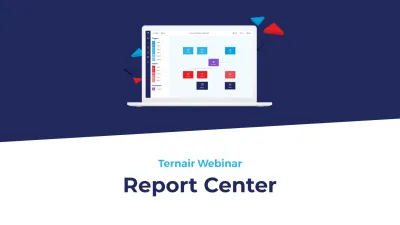In digital marketing, first-party data is key to understanding customers and delivering personalized experiences. However, collecting and managing first party data requires careful planning and strategy to ensure that data is collected, stored and used effectively. In this blog, read some best practices for collecting and managing first party data.
Collecting first party data
Transparency is key when collecting first party data. Make sure users are fully aware of what data you are collecting and why. Obtain explicit consent before collecting this data, especially if it is personally identifiable information. This helps build trust with your customers and meets the requirements of privacy laws such as the GDPR.
Implement powerful analytics tools to track users' behavior on your website. Analyze which pages they visit, how long they stay, and what actions they take. These insights can provide valuable information about your target audience's interests and preferences.
Use forms and surveys to collect direct feedback from users. This allows you to learn more about their needs, preferences and demographics. Make sure these forms are easily accessible and provide clear value to the user to participate.
Use cookies and tracking codes to track users' behavior across sessions and devices. This allows you to get a fuller picture of the customer journey and deliver personalized experiences based on previous interactions.





